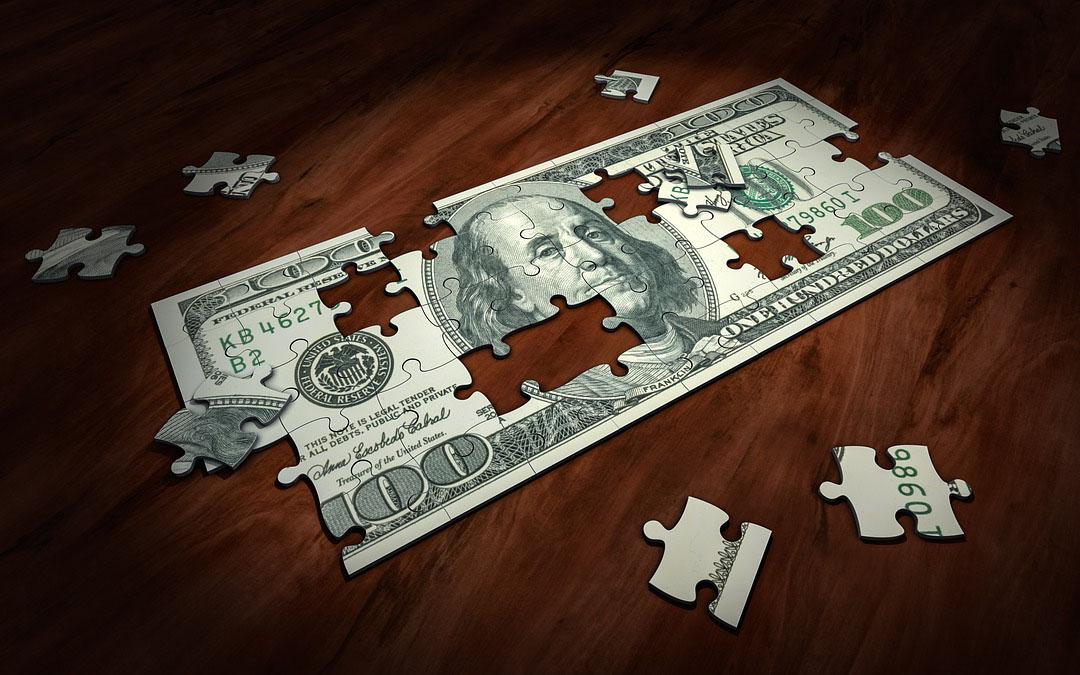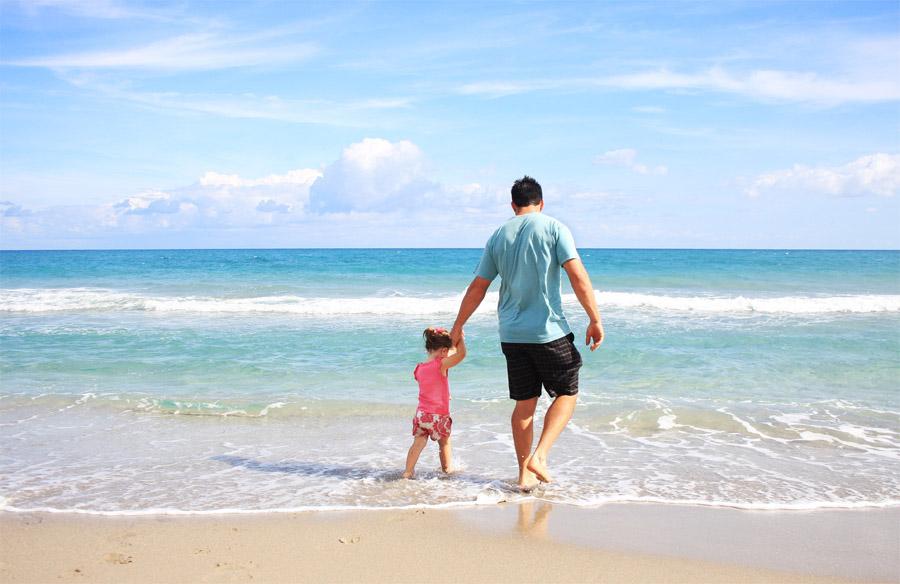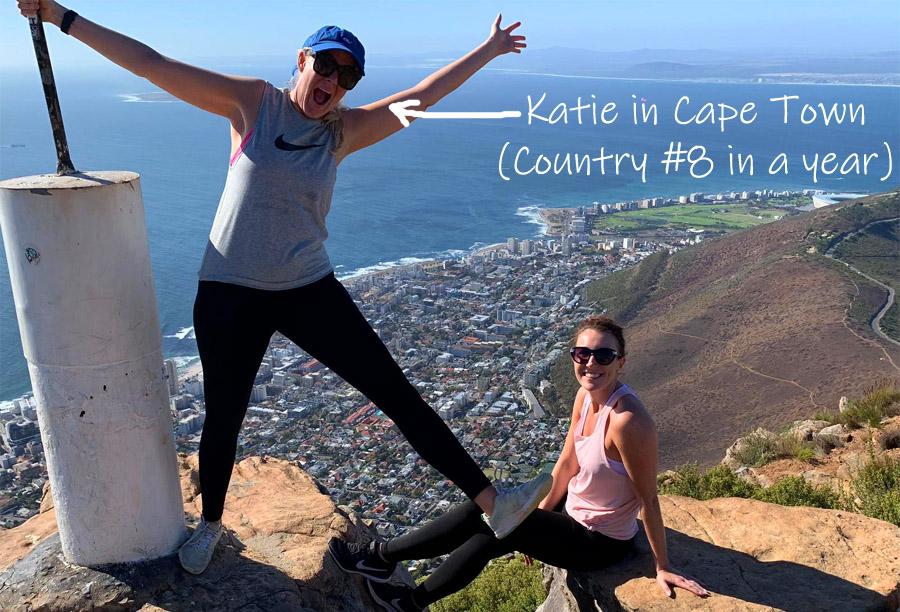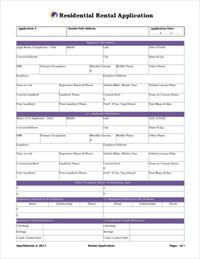
Looking for easy ways to save more money?
Start by cutting these 12 expenses that can save you more than $12,000 per year, without ruining your quality of life.
Video Broadcast Version
Audio Podcast Version
Also available on iTunes, Stitcher, and wherever else you listen 🙂

Deni: How is everybody doing? Welcome to Spark Rental podcast. Facebook Live Stream.
Brian: Youtube stream.
Deni: Right. All of the above.
Brian: Today we are talking about 12, quote, invisible costs to cut for $12,000 a year in annual savings. These are things that do not ruin your quality of life. Easy things you can cut, easy expenses to cut. If you’re looking for ways to save more money without eating ramen noodles every night for the next month.
Deni: I used to do that with my kids.
Brian: I did, too. I mean, you know, that’s called college, right? I mean, that’s just what you do. But you probably don’t want to live like you’re in college when you’re an adult. So diving right in with something that is just super simple is stop buying bottled water. Bottled water is 2000 times more expensive per ounce than tap water is. So if you don’t like the taste of the water where you live, just get a filter. You can’t get a water filter. So the the water project dot org estimates that the average American spends $100 per year per person in the household on bottled water. But it could be way higher than that for you. It could be thousands of dollars per year if you or your family members drink nothing but bottled water. So this is a really simple one. Just get a water filter in your kitchen so that you don’t have to buy bottled water in areas where you don’t like the taste of the tap water.
Deni: And what is some others?
Brian: Well, in keeping in that same theme of beverages, sweetened beverages, which include sodas, sweetened teas, coffee beverages like packaged coffee drinks.
Deni: Oh, so pre-made.
Brian: Yeah. Beverages that come in a can or in a bottle that have sugar. Like soft drinks, basically. So, first of all, this statistic is a little bit outdated. This is from a few years ago now from the USDA. So they estimated that the average non snapping food stamps program, the federal food stamp program, the average non stamp household spends $ 2,239 per year on sweetened beverages. What’s really disturbing, though, is that SNAP recipients so food stamp recipients… Sweetened beverages actually made up the second largest grocery expense total on their average grocery spending bills after meat. That’s pretty scary! So it made up almost 10% of food stamp recipients. Grocery bills, the sweetened beverages. Sodas, basically. I mean, all of the rest of us are subsidizing billions of dollars to the soft drink industry every year, which I got to tell you as a taxpayer really pisses me off. Yeah. But sweetened beverages are also terrible for you. I mean, this is like the fast lane to diabetes. So save yourself thousands of dollars a year, avoid diabetes, stop drinking sweetened beverages, make tea at home.
Deni: Oh, and it’s so much better!
Brian: Yeah. Yeah, absolutely! My wife, Katie, and I, we just we keep a pitcher of green tea and the refrigerator. We throw a little bit of stevia in it when we make it, and we make iced tea with green tea. A little stevia that’s sugar free. It’s dirt cheap. It probably costs us a few cents per glass of tea. All right, enough proselytizing!
Brian: Number three: wasted food. The USDA estimates that 31% of the food that consumers buy goes to waste. 31%. That’s almost a third of the food that the average American household buys goes to waste. So with an average annual grocery bill of around $4,500, according to the BLS, that’s close to $1,500 a year in annual food waste per household.
Deni: That’s hard to hear. It’s like my father used to say at the table, Don’t waste your food. There’s a poor, starving child somewhere. And a smart butts, we would say name, name one. But there are. There are. And it’s sad to know that we have all that waste and that could be actually feeding somebody else.
Brian: Absolutely. All right! Number four: coffee shop coffee. So people love their lattes from Starbucks, but and they spend an absurd amount of money on them. So I was just looking at this earlier today. The the the average cost of a medium latte or cappuccino at Starbucks is close to $5. Now it’s $4.55.
Deni: For one coffee?
Brian: Yeah, one coffee. So if you have one of those every workday throughout the year, that comes out to almost 1200 dollars a year, it’s $183 a year. This is another easy one to fix. Make your own coffee at home and pay pennies per cup instead of almost $5 per cup on coffee.
Deni: That’s true.
Brian: All right. Number five: Cigarettes. Average cost of a pack of Cigarettes in the US is around $8 a pack. This varies wildly by state as different states put different taxes on tobacco, but it’s around $8 a pack. Nationwide average that comes to almost $3,000 per year for a pack a day smoker, it’s 20 $920 a year. So it’s like with the sodas, like you’re paying a fortune every year to give yourself cancer. This is totally irrational. Stop doing it. And this says nothing of the health care savings either, both on the health insurance premium side and on actual health care bills. And of course, your health, which is priceless.
Deni: Right.
Brian: Number six: happy hour drinks and happy hour snacks and bites. If you go out to happy hour once per week and if you spend $25, including drinks, bar food tax tip, that comes to 1300 dollars per year in happy hour drinks and snacks.
Brian: I get it. You want to meet up with people after work, try to find ways of doing that without going to a commercial establishment. Go have drinks at the office, have drinks at someone’s house, have drinks at the local park, go to the local boardwalk or beach or whatever and have some drinks there. Find ways of not spending money at commercial establishments for this stuff.
Brian: All right. Number seven: Cable TV. Average cost of a cable subscription, $106 a month. That comes out to $1,274 per year. Just get a streaming service for ten or 15 bucks a month.
Deni: Yeah, I mean, slowly but surely that’s being phased out as we move forward anyway.
Brian: Cut the cord. Cut the cord.
Brian: All right. Number eight: similar here. Landlines. Landline, home phone service, average annual cost of a landline. $353 a year may not sound like much, but I can think of things that I would rather do with that $353 every year.
Deni: Especially since it’s probably just sitting there now.
Brian: Yeah, we all have cell phones, right?
Brian: All right, number nine: unused gym memberships. Average monthly costs $60 per year. But here’s the thing. 67% of gym members, two thirds of gym members never actually go to the gym. I go to the gym. I love going to the gym
Deni: They join them in January.
Brian: Yeah. So we call them resolutions. You know, the first three weeks of the year, the gym just floods with people. And then by the end of January, they’re all gone. Like, Yeah. Resolutions. But yeah, look, if you use your gym membership, by all means, keep it! I pay for a gym membership and I use it several times a week. But there’s no reason to spend an average of $60 a month on a gym membership if you don’t actually go, That’s 70. I’m sorry, $720 a year wasted for a service that you don’t use.
Brian: Okay. Number ten, moving right along here, checking account fees like monthly maintenance fees on your checking accounts. These come an average of around $11 a month, $10.99 a month. But they can be as high as $35 a month. So that means you’re spending between $132 a year and or as much as $420 a year on something you can get for free. Tons of banks offer free checking accounts. There’s no reason to pay a monthly maintenance fee.
Brian: All right. I’ve been talking a lot. Deni, tell us about number 11.
Deni: Credit card interest. We shouldn’t be using them anyway, you know, maybe for emergencies or whatnot. But credit card interests on average household debt is almost $9,000, and that’s 20.38% comes to about $1,822 in credit card interest a year. And I believe, more people that have more. And I think working to reduce that will help greatly and help your credit.
Brian: Yeah. Credit cards are a tool. Like any tool, they can be abused and misused. If you are not paying your credit card balance off in full every single month, you’re doing it wrong and you should not be using credit cards. So until you get to the point where you’re paying off your credit card balance every single month in full, put your credit cards aside in like a locked drawer or something, or cut them up or whatever. But think of credit cards as a privilege, not a right.
Deni: Right.
Brian: All right. The last one here. Mutual funds, transaction fees or commissions on stocks or ETFs. These transaction fees typically range from like around $5 in the low end, like 4.95, up to $20 in the high end, like 1995. You can avoid these by either using a commission free brokerage like I use Charles Schwab, or avoiding mutual funds that charge transaction fees, lowered fees. So instead just buy index fund ETFs. And if you were to buy shares in two funds every time you got paid every two weeks and you were paying an average of $10 per transaction, that would come to $520 a year and wasted money to bank fees, basically brokerage bank fees, investment bank fees. And I can tell you right now, JPMorgan does not need that money from you. This is not like a charity we’re talking about here. Like save yourself the money.
Deni: Yes. Wow. That’s that’s crazy. Do you know what else. I know we’re only supposed to do 12, but I’m going to add a 13 real quick!
Brian: Please yeah, absolutely! We got a bonus.
Deni: Subscription fees. So you don’t know how many times people don’t even realize they’re getting charged them.
Brian: Absolutely.
Deni: So I go through your credit card bills or your checking account or whatnot and look and see which ones they are and cancel them because you’re probably not using 95% of them.
Brian: And yeah, it could be like those beauty box subscriptions. It could be like an audio streaming service, could be a video streaming service, you know, Dollar Shave Club, you know, believe you me, these guys, they’re making a good profit margin on these. You are not saving money by having razors delivered to you every month, I promise.
Deni: Well, they’re premiums now.
Brian: Deni, anything else you want to add before we call this episode complete?
Deni: I don’t think so, Brian. I think that was it.
Brian: All right. Well, on that note, happy Tuesday! You guys stay in touch. Let us know what you want to hear more about in future episodes and future weeks. We are here support@18.188.234.137. We read all these. Stay in touch.
Deni: See you later, bye!

























